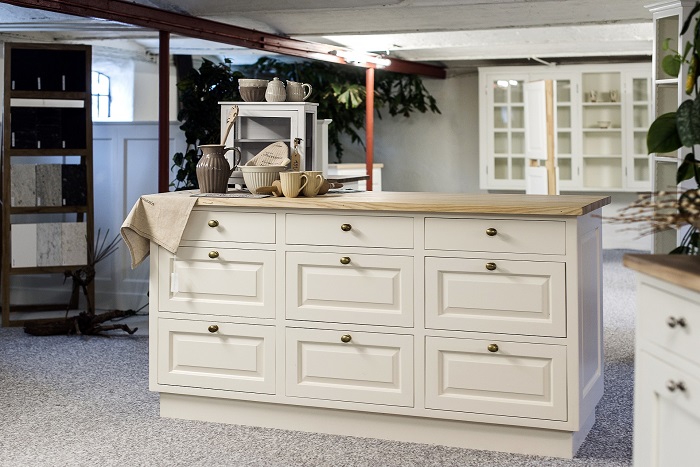Storage space is something that’s always in demand. With its help, you’ll be able to keep clutter out of sight, and enjoy a home that feels more spacious and inviting. The more efficient your storage solution, moreover, the greater this effect will be. In some cases, the storage itself can serve a decorative function, as well as a functional one!
In most cases, significant improvements can be made to the way we use the available space in our homes, and without much investment of time and energy. Let’s consider a few proven, effective storage strategies.
Floating shelves and units
When you’re planning storage, it’s easy to think in two dimensions. But your home isn’t just a floor plan: it’s a volume. Floating shelves and square units don’t consume much, if any, floor space. You might suspend them above a television, a sofa, or a bed.
Make use of existing storage
The chances are good that you already have storage space available on your windowsills. This is particularly so in older properties, with more expansive bay windows. A few books and potted plants can provide a visual accent, while freeing up space elsewhere.
The bed
One of the great things about your bed is that you only ever really use a small part of the space it takes up: the area above the mattress, and immediately below it, is up for grabs. Narrow cabinets over the bed work wonderfully and provide plenty of opportunities for additional storage in the bedroom. Go for something bespoke, and you’ll make the best possible use of the space.
You might also consider beds with large drawers built-in, or Ottoman beds that can lift up for long-term storage. Vacuum-pack half of your wardrobe during Spring and Autumn, and keep it there until it’s required again.
Use the backs of your cabinets
This is a technique that could free up a lot of space in your kitchen, while making certain items much more easily accessible. Small spice pots and other, similar items might easily be suspended from the back of a handy cabinet, for easy access. This can free up space that would otherwise be consumed by a countertop spice rack. The same goes for installing extra shelves, especially if you’re storing short items that can’t be stacked.
Adapt the loft
Spaces like lofts and cellars have long been used for storage. Getting the most from them often requires a little bit of investment. Insulate the floor, and cover everything with boards (making sure that you raise the boards on stilts so as not to compress the insulation material). Then use shelves between the rafters to store smaller bits and pieces.
Any cardboard boxes you’d like to keep hold of can be safely dumped on the insulation; they’re usually not heavy enough to squash it. Just make sure that you’re not blocking the airflow, as this can lead to condensation building up in your loft space.





No Comment! Be the first one.